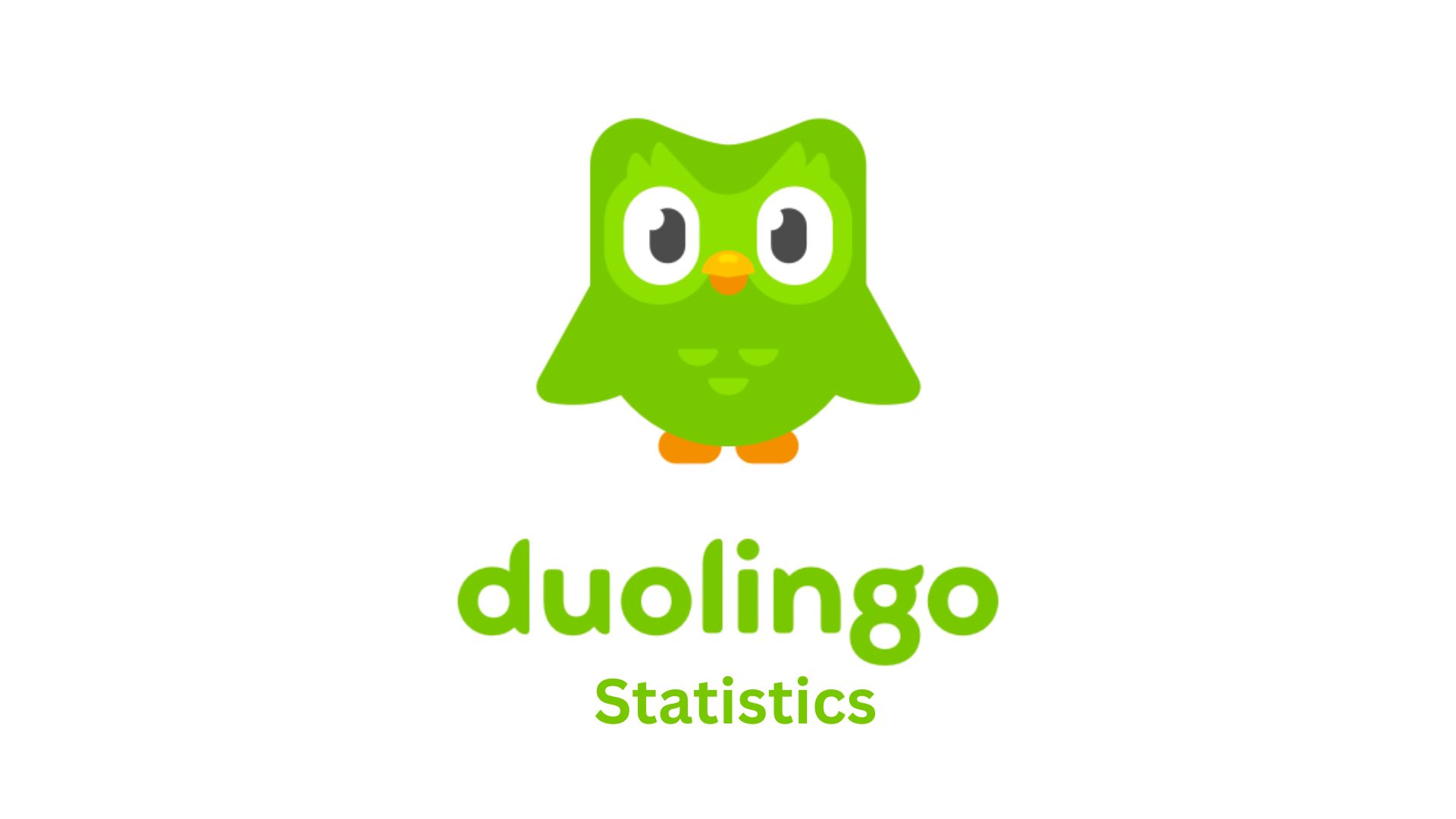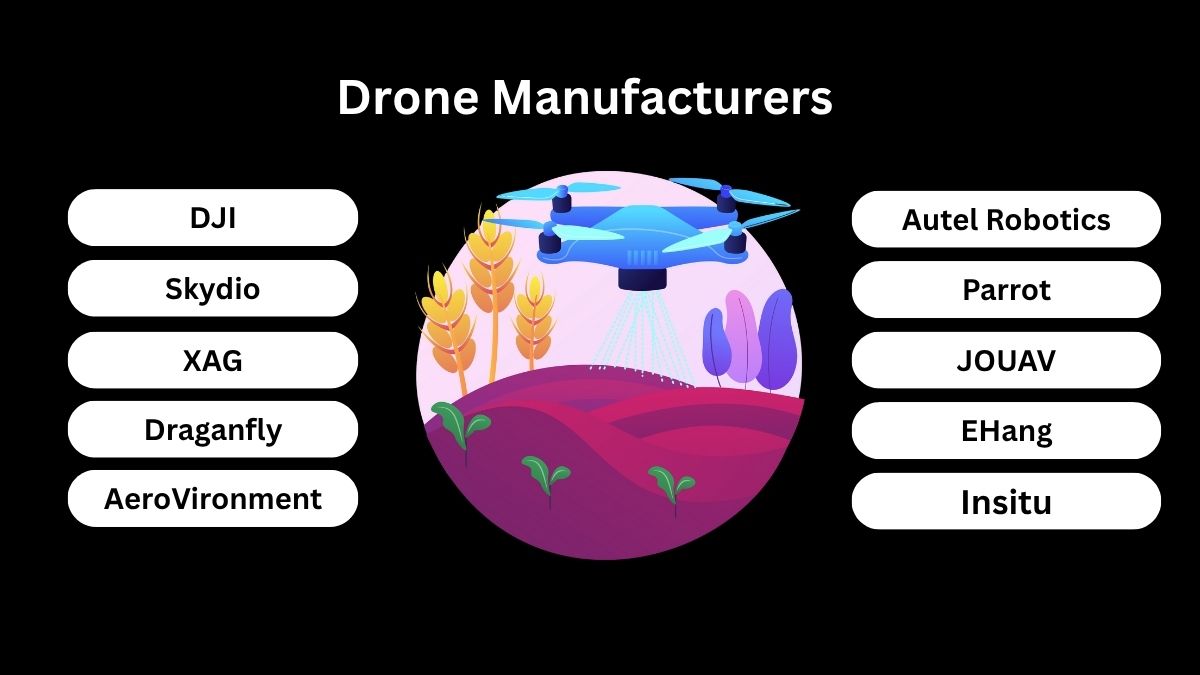SpaceX Statistics By Revenue, Launch Count, Employee And Facts (2025)
Updated · Sep 24, 2025
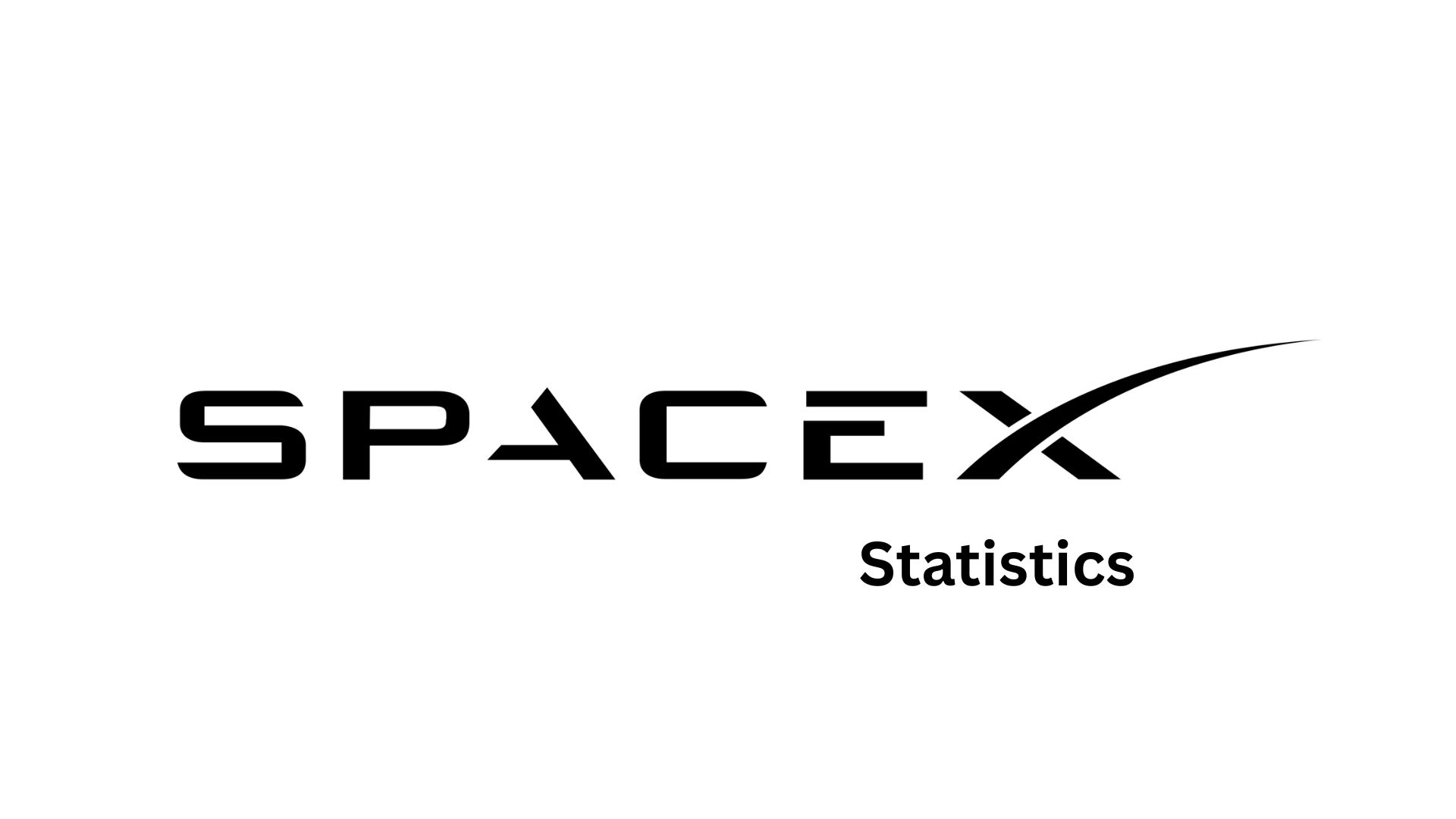
Table of Contents
- Introduction
- Editor’s Choice
- SpaceX Revenue Analysis
- SpaceX Vehicles Statistics
- SpaceX Launch Attempts By Year
- SpaceX Statistics By Launch Count
- SpaceX Triples Number Of Rocket Launches Statistics
- SpaceX is a Changer For NASA
- SpaceX Annual Launches Statistics By Rocket Type
- SpaceX Employee Statistics
- SpaceX Statistics By Falcon’s Successful Launches of 2025
- Recent Achievements of SpaceX
- Future Analysis of SpaceX Statistics
- Conclusion
Introduction
SpaceX Statistics: SpaceX is termed as Space Exploration Technologies Corp., is an American space technology company was founded on March 14, 2002 by Elon Mask and is headquartered at SpaceX Starbase, Starbase, Texas, U.S. SpaceX making space travel more affordable, reusable, and ambitious, for example starting from launching the first privately developed rocket into orbit to transporting astronauts to the International Space Station and continues to push the boundaries of aerospace innovation. The company has made numerous advancements in rocket propulsion, reusable launch vehicles, human spaceflight, and satellite constellation technology.
This article presents several statistical analyses from different perspectives that elaborate on the SpaceX market, along with its overall research and projects from recent years.
Editor’s Choice
- According to Wikipedia reports, SpaceX has carried out 499 launches to date, with 460 rockets landing successfully and 427 of them being reused in subsequent missions.
- A report published by Reuters in 2025 estimated that SpaceX will record revenue of about USD 15.5 billion.
- SpaceX’s Falcon 9 rockets have a strong record, with 99.4% of launches going smoothly.
- The newer Falcon 9 Block 5 version is even more reliable, with a 99.77% success rate.
- Additionally, the company has launched over 3,660 Starlink satellites into space, and its larger rocket, Starship, has flown nine times, with four successful missions to date.
- In early March 2024, SpaceX said it was aiming to launch its next uncrewed Starship flight on March 14, if the FAA granted a launch license.
- The launch took place on March 14, 2024, at 13:25 UTC. For the first time, Starship successfully reached its planned suborbital path.
- On June 4, 2024, SpaceX got approval from the FAA to conduct Starship’s fourth test flight.
- Later, on October 12, 2024, the FAA also approved the rocket’s fifth test flight.
- On January 16, 2025, SpaceX carried out its seventh Starship test flight using Ship 33, the first Block 2 version, which stood 403 feet (123 meters) tall.
- On March 6, 2025, Starship completed its eighth flight test, taking off successfully at 5:30 p.m. CT from Starbase, Texas.
- SpaceX started launching Starlink DTC satellites regularly in May 2024 and has since launched nearly 300 DTC satellites for every 1,000 broadband satellites.
- Also, launches about 2,000 Starlink satellites each year and might launch even more in 2025.
SpaceX Revenue Analysis
- A report published by Reuters in 2025 estimated that SpaceX will record revenue of about USD 15.5 billion.
- By next year, the company’s commercial revenue from space is expected to exceed NASA’s budget of approximately USD 1.1 billion.
- Genuine Impact studies indicate that as of June 2024, SpaceX reached a record USD 210 billion.
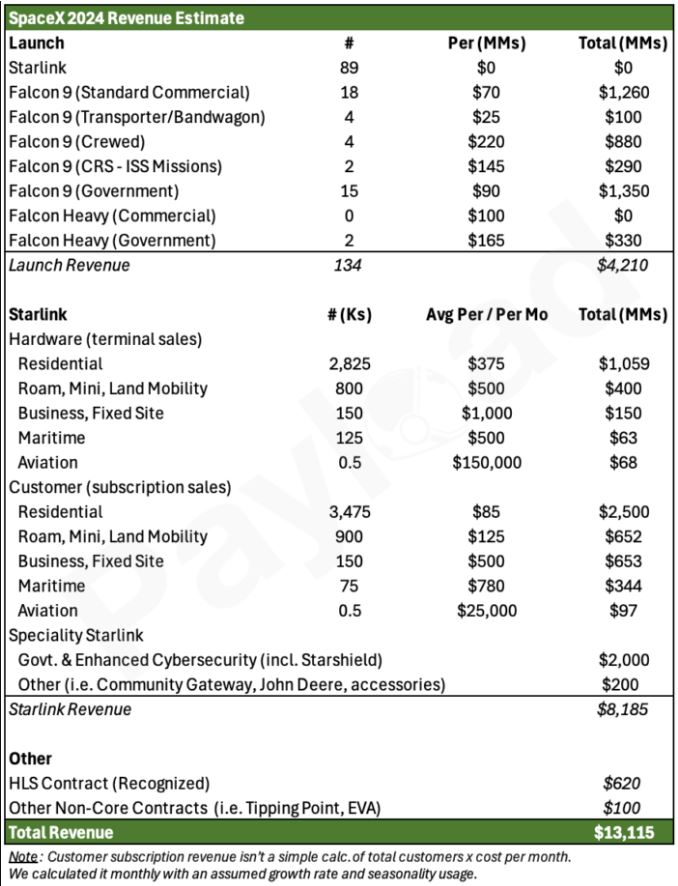
(Source: payloadspace.com)
- According to the reports of Payload, SpaceX’s revenue reached USD 13.1 billion in 2024, up from USD 8.7 billion in 2023.
- During the same period, launch revenue increased by USD 4.2 billion, a 19% year-over-year increase.
- Starlink revenue totalled USD 8.18 billion, comprising hardware sales of approximately 3.9 million terminals.
- Meanwhile, other revenue was around USD 720 million.
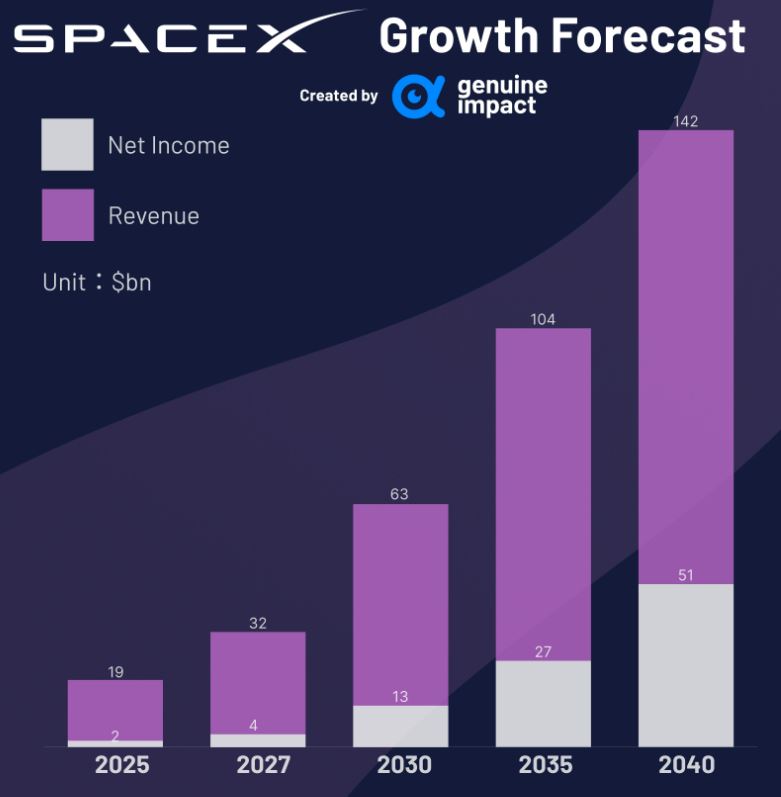
(Source: substackcdn.com)
- The above graph reports that in 2025, SpaceX’s total revenue is estimated to be USD 19 billion, with net income accounting for USD 2 billion.
In the coming years, SpaceX’s growth forecast is detailed below:
| Year | Revenue (USD billion) |
Net Income (USD billion) |
| 2027 | 32 | 4 |
| 2030 | 63 | 13 |
| 2035 | 104 | 27 |
| 2040 | 142 | 51 |
SpaceX Vehicles Statistics
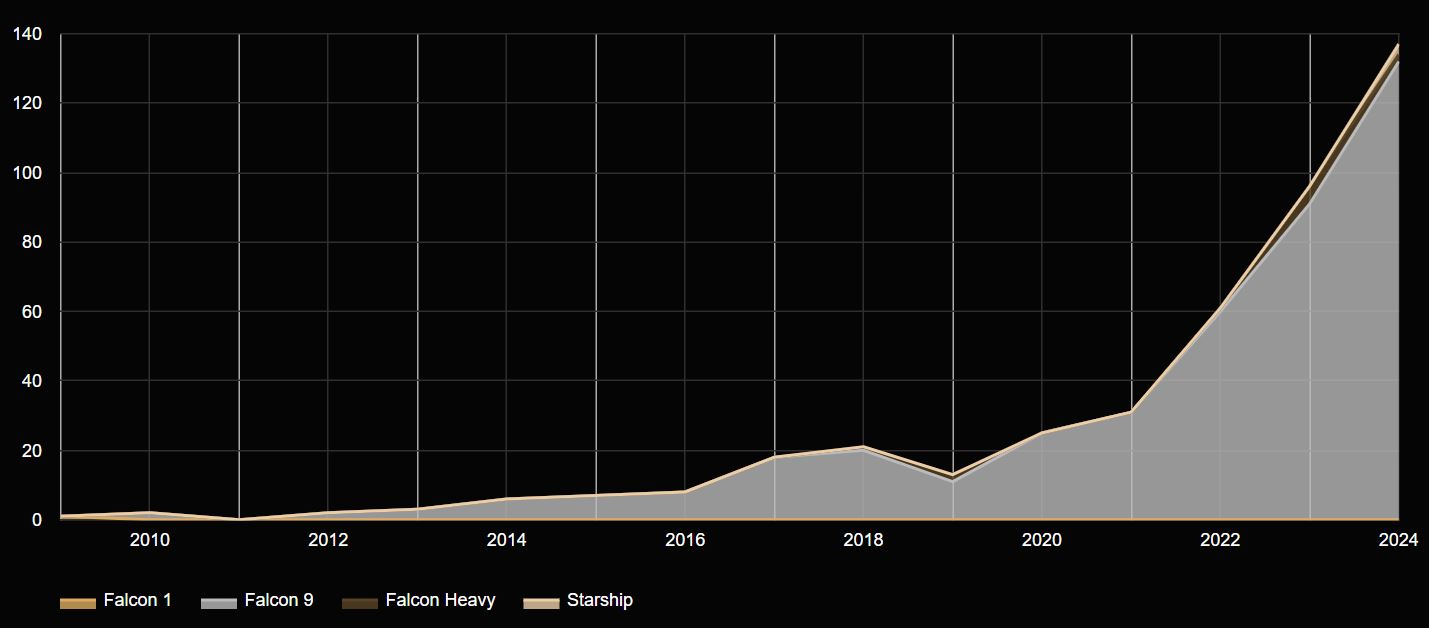
(Source: impulso.space)
- The above chart shows that as of 2024, SpaceX’s Falcon 9 is the dominant launch vehicle 2024, with the highest-ever annual launch count (132).
- Starship began contributing to launch counts recently, showing early adoption with 3 flights.
- Falcon Heavy usage remains limited, with only 2 launches in 2024.
SpaceX Launch Attempts By Year
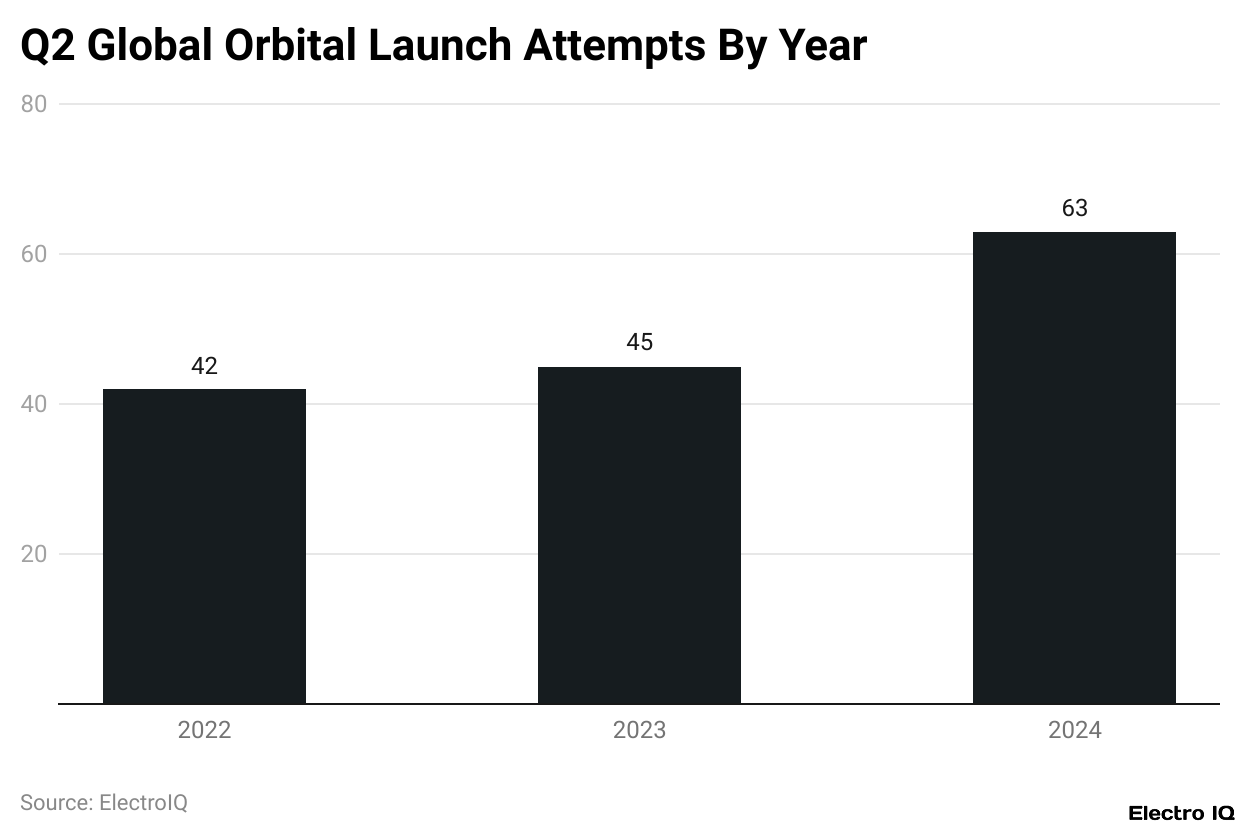
(Source: payloadspace.com)
- The above graph indicates that in the second quarter of 2024, SpaceX made a total of 63 global launches, representing a 40% year-over-year increase.
- In Q2 of 2024, SpaceX’s orbital launch attempts were 37, and in Q2 of 2023, they were 23.
- Moreover, in 2023 and 2022, there were 45 and 42 attempts, respectively.
SpaceX Statistics By Launch Count
- A report published by SpaceXNow states that SpaceX completed 503 successful launches out of 515 attempts, achieving a 97.67% success rate.
- In contrast, with 487 successful launches out of 490, Falcon 9 boasts a 99.39% success rate.
- On the other hand, Starship launched in 9 attempts, with only three being successful, resulting in a 33.33% success rate.
- SpaceX launched 276 Starlink missions, making up 53.59% of its total launches.
- SpaceX holds a record of 335 consecutive launches and currently has a streak of 136 consecutive missions.
By Launches Per Year
- According to SpaceXNow reports, nearly 72 out of 75 SpaceX launches in 2025 have been successful, with a target of 180 launches (currently at 40% of the goal).
- As of 2024, SpaceX achieved its highest number of launches in a year with 138 launches, meeting 98.55% of its target.
- In 2023, SpaceX completed 96 out of 98 launches, marking a 97.96% success rate.
Meanwhile, the success rate of SpaceX in previous years is stated below:
| Year | Success Rate |
| 2022 |
100%
|
| 2021 | |
| 2020 | |
| 2019 | |
| 2018 | |
| 2017 | |
| 2016 | 89.90% |
| 2015 | 85.70% |
| 2014 |
100%
|
| 2013 | |
| 2012 | |
| 2011 | |
| 2010 |
By Launch Sites
- As of 2025, the highest launch volume is at Cape Canaveral, which has led with 256 successful launches out of 258, resulting in a 99.22% success rate.
- Additionally, the Kennedy Space Centre achieved a 100% success rate, completing all 112 launches without a single failure.
- The lowest success rates were reported by Starbase and Kwajalein, with 33.33% (3/9) and 40% (2/5) success rates, respectively.
By Landing Sites
| Names | Successful Launches | Success Rate |
| LZ-1 | 51 out of 52 | 98.08% |
| LZ-2 | 12 |
100%
|
| LZ-4 | 26 | |
| ASOG | 111/112 | 99.11% |
| JRTI | 123/126 | 97.62% |
| OCISLY | 137/145 | 94.48% |
| Catch | 3/4 | 75% |
By Turnarounds
| Name | Time Taken |
| Booster | 9 days, 3 hours |
| Starbase | 1 month, 7 days |
| Kwajalein | 56 days, 19 hours |
| Vandenberg | 2 days, 22 hours |
| Kennedy Space Centre | 5 days, 6 hours |
| Cape Canaveral | 2 days, 9 hours |
| Fastest | 1 hour, 5 minutes |
By Booster Reuse
| Name | Valuation |
| Most flights | 28 (B1067) |
| Landed | 461/484 (95.25%) |
| Reflow | 428 booster reuses |
| Block 5 landed | 437/443 (98.65%) |
| Black five reflown | 414 booster reuses |
By Capsule Reuse
| Name | Valuation |
| Landed | 51/52 (98.08%) |
| Reflown | 30 capsule reuses |
By Dragon
| Name | Valuation |
| Missions | 34 Cargo, 16 Crew, 1 Test |
| ISS Cargo | Around 70 tonnes up & 49 tonnes down |
| Reflights | 9 |
| Crew in orbit | 4 |
| Crew flown total | 66 |
By Payloads
| Name | Valuation |
| Heaviest LEO | Approx. 17,500 kg Flown on Starlink 6-39 (+54 satellites) |
| Heaviest GTO | 9,200 kg Flown on Jupiter 3 / EchoStar-24 |
| Starlinks in orbit | 7,734 |
SpaceX Triples Number Of Rocket Launches Statistics
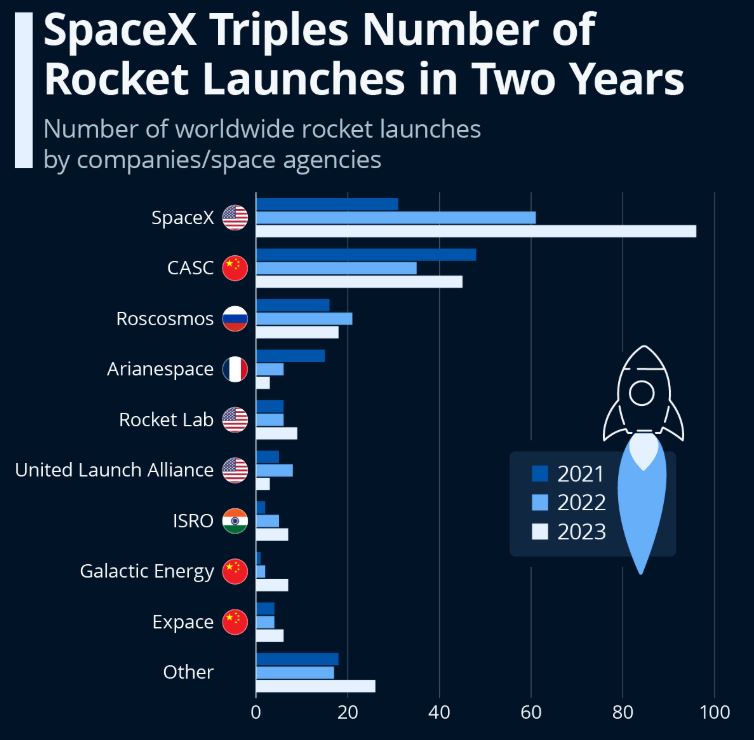
(Source: statista.com)
- Statista reports for 2023 stated that private companies launched over 180 rockets into space.
- SpaceX led with 96 launches in the same duration, while China’s CASC followed with 45.
SpaceX is a Changer For NASA
- NASA gave SpaceX USD 3.1B and Boeing USD 4.8B to build new spacecraft under the Commercial Crew Program.
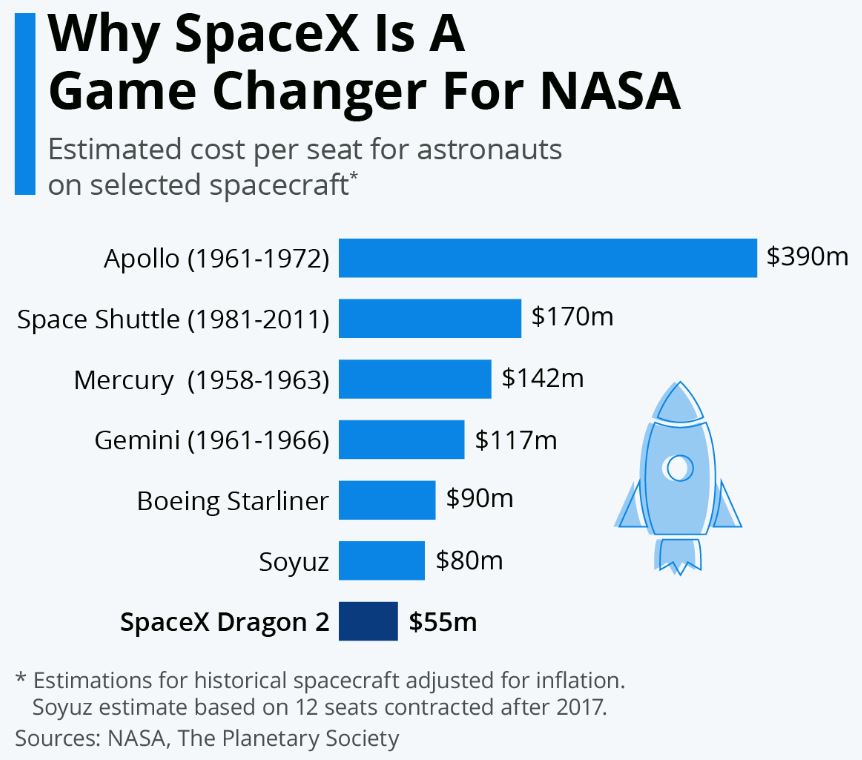
(Source: statista.com)
- The above graph indicates that the Apollo program cost approximately USD 390 million per seat, adjusted for inflation.
- The Space Shuttle was the most expensive option, with a cost of approximately USD 170 million per seat, followed by Mercury (USD 142 million), Gemini (USD 117 million), Boeing Starliner (USD 90 million), and Soyuz (USD 80 million).
- A NASA audit found that each seat on SpaceX’s Crew Dragon costs about USD 55 million.
SpaceX Annual Launches Statistics By Rocket Type
- A report published by The Wall Street Journal, Falcon 9 & Heavy, has already been authorised for around 120 Falcon 9 + up to 100 FH annual flights.
- After achieving around 150 to 180 total launches in 2025, expect to reach 140 to 160 flights/year in 2031, predominantly Falcon 9.
- Starship now cleared for up to 25 orbital launches/year from Starbase; planned ramping to 25+ flights annually.
| Rocket | 2006–2024 Launches | Forecast (2025–2031) |
| Falcon 1 | 5 | 0 |
| Falcon 9 | 487 | 700-900 |
| Falcon Heavy | 11 | 50-100 |
| Starship | 3 | 175 |
SpaceX Employee Statistics
- According to Clay, reports indicate that as of June 2025, SpaceX employs approximately 16,078 people worldwide, representing a 1.31% increase from the previous month.
- A Reddit report estimates that SpaceX employees in production and manufacturing make up the largest segment, which is approximately 2,500 in number.
- Furthermore, employees in other segments are followed by admin/finance (600), testing (300), launch operations (300), R&D (200), and logistics (100).
SpaceX Statistics By Falcon’s Successful Launches of 2025
| Mission | Date | Target/Orbit | Pad | Landing |
| Thuraya 4-NGS | January 4 | GTO | SLC-40 | ASOG |
| Starlink 6-71 | January 6 |
LEO
|
SLC-40 | JRTI-2 |
| Starlink 12-11 | January 8 | LC-39A | ASOG | |
| NROL-153 |
January 10
|
SLC-4E | OCISLY | |
| Starlink 12-12 |
SLC-40
|
JRTI-2 | ||
| Starlink 12-4 | January 13 | ASOG | ||
| Transporter-12 | January 14 | LEO (SSO) | SLC-4E | LZ-4 |
| Blue Ghost M1 / HAKUTO-R M2 | January 15 | TLI | LC-39A | JRTI-2 |
| Starlink 13-1 |
January 21
|
LEO
|
LC-39A | ASOG |
| Starlink 11-8 |
SLC-4E
|
OCISLY
|
||
| Starlink 11-6 | January 24 | |||
| Starlink 12-7 | January 27 | SLC-40 | ASOG | |
| SpainSat-NG I | January 30 | GTO | LC-39A | – |
| Starlink 11-4 | February 2 |
LEO
|
SLC-4E | OCISLY |
| WorldView Legion 3 | February 4 | LC-39A | LZ-1 | |
| Starlink 12-9 | February 8 | SLC-40 | ASOG | |
| Starlink 11-10 |
February 11
|
SLC-4E | OCISLY | |
| Starlink 12-18 |
SLC-40
|
JRTI-2 | ||
| Starlink 12-8 | February 15 | ASOG | ||
| Starlink 10-12 | February 18 | JRTI-2 | ||
| Starlink 12-14 | February 21 | ASOG | ||
| Starlink 15-1 | February 23 | SLC-4E | OCISLY | |
| IM-2 |
February 27
|
TLI | LC-39A | ASOG |
| Starlink 12-13 |
LEO
|
SLC-40
|
JRTI-2
|
|
| Starlink 12-20 | March 3 | |||
| SPHEREx / PUNCH | March 12 | LEO (SSO) | SLC-4E | LZ-4 |
| Starlink 12-21 | March 13 | LEO | SLC-40 | ASOG |
| Crew-10 | March 14 | LEO (ISS) | LC-39A | LZ-1 |
| Transporter-13 |
March 15
|
LEO (SSO) | SLC-4E | LZ-4 |
| Starlink 12-16 |
LEO
|
SLC-40
|
JRTI-2 | |
| Starlink 12-25 | March 18 | ASOG | ||
| NROL-57 | March 21 | SLC-4E | LZ-4 | |
| NROL-69 | March 24 | – | SLC-40 | LZ-1 |
| Starlink 11-7 | March 26 |
LEO
|
SLC-4E | OCISLY |
| Starlink 6-80 | March 31 | SLC-40 | JRTI-2 | |
| Fram2 | April 1 | LEO (PO) | LC-39A | ASOG |
| Starlink 11-13 | April 4 |
LEO
|
SLC-4E | OCISLY |
| Starlink 6-72 | April 6 | SLC-40 | JRTI-2 | |
| Starlink 11-11 | April 7 |
SLC-4E
|
OCISLY | |
| NROL-192 | April 12 | OCISLY | ||
| Starlink 12-17 | April 13 | LC-39A | ASOG | |
| Starlink 6-73 | April 14 | SLC-40 | JRTI-2 | |
| NROL-145 | April 20 | SLC-4E | OCISLY | |
| CRS-32 | April 21 | LEO (ISS) | LC-39A | LZ-1 |
| Bandwagon-3 | April 22 |
LEO
|
SLC-40
|
LZ-2 |
| Starlink 6-74 | April 25 | ASOG | ||
| Starlink 12-23 |
April 28
|
JRTI-2 | ||
| Starlink 11-9 | SLC-4E | OCISLY | ||
| Starlink 12-10 | April 29 | LC-39A | ASOG | |
| Starlink 6-75 | May 2 | SLC-40 | JRTI-2 | |
| Starlink 6-84 | May 4 | LC-39A | ASOG | |
| Starlink 6-93 | May 7 | SLC-40 | JRTI-2 | |
| Starlink 15-3 |
May 10
|
SLC-4E | OCISLY | |
| Starlink 6-91 | SLC-40 | ASOG | ||
| Starlink 15-4 |
May 13
|
SLC-4E | OCISLY | |
| Starlink 6-83 | LC-39A | JRTI-2 | ||
| Starlink 6-67 | May 14 | SLC-40 | ASOG | |
| Starlink 15-5 | May 16 | SLC-4E | OCISLY | |
| Starlink 12-15 | May 21 | SLC-40 | JRTI-2 | |
| Starlink 11-16 | May 23 | SLC-4E | OCISLY | |
| Starlink 12-22 | May 24 | SLC-40 | ASOG | |
| Starlink 17-1 | May 27 | SLC-4E | OCISLY | |
| Starlink 10-32 | May 28 | LC-39A | JRTI-2 | |
| GPSIII-SV08 | May 30 | MEO | SLC-40 | ASOG |
| Starlink 11-18 | May 31 |
LEO
|
SLC-4E | OCISLY |
| Starlink 12-19 | June 3 | SLC-40 | JRTI-2 | |
| Starlink 11-22 | June 4 | SLC-4E | OCISLY | |
| SXM-10 | June 7 | GTO | SLC-40 | ASOG |
| Starlink 15-8 | June 8 |
LEO
|
SLC-4E | OCISLY |
| Starlink 12-24 | June 10 | SLC-40 | JRTI-2 |
Recent Achievements of SpaceX
| Achievements | Flight | Date |
| First in space relight of a full-flow staged combustion cycle engine (Raptor). | Starship flight test 6 | November 19, 2024 |
| First Super Heavy booster catch | Starship flight test 5 | October 13, 2024 |
| First commercial spacewalk | Polaris Dawn | September 12, 2024 |
| A single Falcon 9 booster was reused for the 20th time. | Booster 1062 | April 12, 2024 |
| Starship reaches its intended orbital velocity for the first time. | SpaceX Starship integrated flight test 3 | March 14, 2024 |
| Tallest, most massive, most powerful rocket to ever launch. | SpaceX Starship orbital test flight | April 20, 2023 |
Future Analysis of SpaceX Statistics
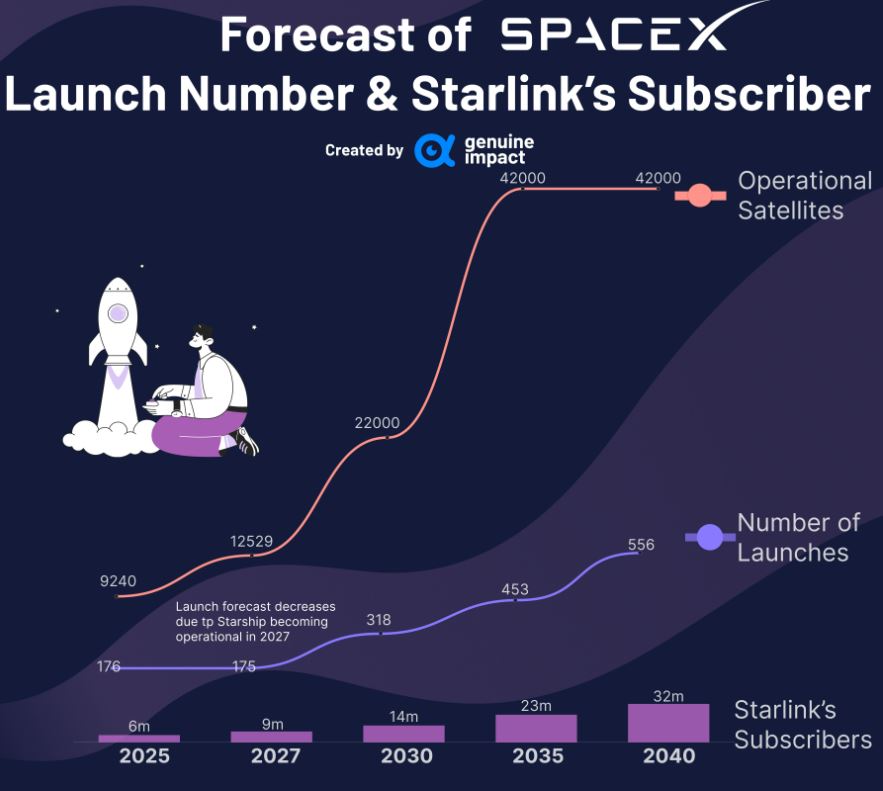
(Source: substackcdn.com)
- The above image indicates that by the end of 2025, SpaceX’s total operational satellites will be approximately 9,240 and are estimated to reach 12,529.
- Expected number of satellites by 2030 (22,000), 2035 (42,000), and 2040 (42,000).
- Genuine Impact reports that the total number of SpaceX satellite launches in 2025 is expected to be approximately 176, and by 2027, the launch forecast is anticipated to decrease to 175, as Starship becomes operational.
- The estimated number of SpaceX launches in the coming years is projected to be 2030 (318), 2035 (453), and 2040 (556).
- By 2025, the total number of Starlink subscribers is expected to reach up to 6 million.
Conclusion
In the global space industry, SpaceX has undergone an enormous transformation, driven by its bold vision, reusable rocket technology, and cost-effective launch services. Starting from Falcon 1’s early days to the high-frequency launches of Falcon 9, SpaceX continues to push the boundaries of innovation.
This article offers a current market analysis, along with a comprehensive roadmap for the future. SpaceX is not only reshaping access to space but also laying the foundation for interplanetary exploration and global connectivity.
FAQ.
SpaceX is unique for its reusable rockets, cost-effective launches, rapid innovation, Starlink internet network, and Mars colonisation ambitions.
A SpaceX trip to space can cost between USD 55 million and USD 450 million.
SpaceX launches are paid for by a mix of customers, including NASA, the U.S. Department of Defence, commercial satellite companies, international clients, and its own Starlink division.
SpaceX is funded through a combination of private investors, including venture capital firms and institutional investors, as well as revenue from government contracts and commercial launches.
SpaceX’s Starlink satellites orbit Earth at about 550 kilometres (342 miles) above the surface.

Joseph D'Souza founded ElectroIQ in 2010 as a personal project to share his insights and experiences with tech gadgets. Over time, it has grown into a well-regarded tech blog, known for its in-depth technology trends, smartphone reviews and app-related statistics.





